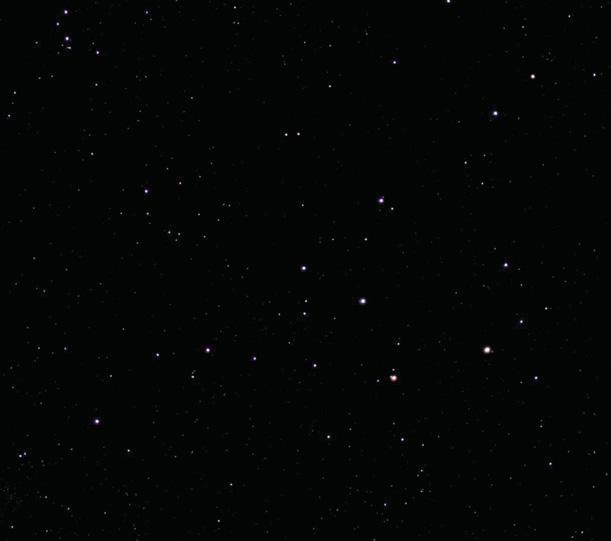
Astrophotography is an extremely rewarding aspect of astronomy, but as any astro-imager will know, conditions often aren't in our favour, which is why we have to take advantage of those rare clear nights whenever they come around. It can be disappointing, then, after capturing those precious images, to discover that they suffer from star trailing.
Slightly trailed stars can be caused by a misbalanced mount or one not quite correctly aligned with the polar axis, making your stars look either stretched or appear as short lines. It would be easy to delete your images and accept that your night's work was in vain, but wait: in some circumstances, you may be able to salvage something from those images by using a simple but effective tip.
In our example we took 21 images of Brocchi's Cluster, also known as the Coat Hanger Cluster, a tiny asterism shaped like a coat hanger in the constellation of Vulpecula. On cursory examination, the stacked image looked good, but when we looked more closely we noticed the stars were slightly trailed.
Star shape enterprise
Esta historia es de la edición February 2023 de BBC Sky at Night Magazine.
Comience su prueba gratuita de Magzter GOLD de 7 días para acceder a miles de historias premium seleccionadas y a más de 9,000 revistas y periódicos.
Ya eres suscriptor ? Conectar
Esta historia es de la edición February 2023 de BBC Sky at Night Magazine.
Comience su prueba gratuita de Magzter GOLD de 7 días para acceder a miles de historias premium seleccionadas y a más de 9,000 revistas y periódicos.
Ya eres suscriptor? Conectar
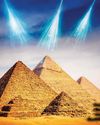
Putting cosmic rays to work
These penetrating interstellar particles have applications from astronomy to archaeology
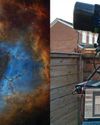
Set up your first imaging sequence
How to automate and coordinate your gear over multiple nights of imaging
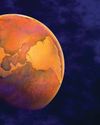
The Universe without gravity
Life with no gravity might sound a fun idea, but as Govert Schilling explains, shutting off this pivotalforce would spell disaster for Earth and beyond
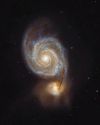
How to blend images taken with different camera setups
Combine data captured at varied focal lengths to create rich, deep images

INSIDE THE SKY AT NIGHT
Back in September 2021, The Sky at Night show spoke to Carly Howett about NASA's then upcoming Lucy mission. As the spacecraft now approaches its main targets - the Trojan asteroids - we check in with her to see how the mission is going

The science of SCI-FI
We love a good sci-fi film, but do they get the science right? Amy Arthur picks six of the big mistakes made in space films

Seeing in a new light
It's National Astronomy Week this month, so take a tip from Mark Westmoquette and let mindful stargazing change your perspective on your life and problems
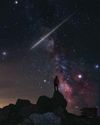
What to do if you find a meteorite
Ever come across an unusual rock and wondered if it's a meteorite? Mark McIntyre explains how to tell if that stone really is a fragment from outer space
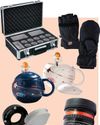
GEAR
Charlotte Daniels rounds up the latest astronomical accessories
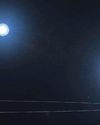
Q&A WITH A STELLAR ECLIPSE SPECIALIST
Many stars are gravitationally locked inside multi-star systems, but a rare new triple-star system has set a new record for how cosy these clusters can get